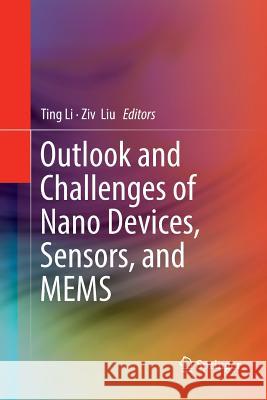Outlook and Challenges of Nano Devices, Sensors, and Mems » książka
topmenu
Outlook and Challenges of Nano Devices, Sensors, and Mems
ISBN-13: 9783319845005 / Angielski / Miękka / 2018 / 521 str.
Kategorie:
Kategorie BISAC:
Wydawca:
Springer
Język:
Angielski
ISBN-13:
9783319845005
Rok wydania:
2018
Wydanie:
Softcover Repri
Ilość stron:
521
Waga:
0.74 kg
Wymiary:
23.39 x 15.6 x 2.77
Oprawa:
Miękka
Wolumenów:
01
Dodatkowe informacje:
Wydanie ilustrowane











